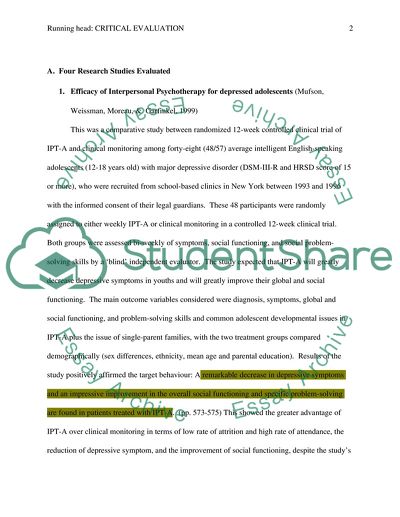Cite this document
(Efficacy of Behavioural Interventions for Depression in Adolescent Research Paper, n.d.)
Efficacy of Behavioural Interventions for Depression in Adolescent Research Paper. Retrieved from https://studentshare.org/psychology/1742209-critically-evaluating-and-synthesizing4-research-outcomes-behaviorally-based-non-medical
Efficacy of Behavioural Interventions for Depression in Adolescent Research Paper. Retrieved from https://studentshare.org/psychology/1742209-critically-evaluating-and-synthesizing4-research-outcomes-behaviorally-based-non-medical
(Efficacy of Behavioural Interventions for Depression in Adolescent Research Paper)
Efficacy of Behavioural Interventions for Depression in Adolescent Research Paper. https://studentshare.org/psychology/1742209-critically-evaluating-and-synthesizing4-research-outcomes-behaviorally-based-non-medical.
Efficacy of Behavioural Interventions for Depression in Adolescent Research Paper. https://studentshare.org/psychology/1742209-critically-evaluating-and-synthesizing4-research-outcomes-behaviorally-based-non-medical.
“Efficacy of Behavioural Interventions for Depression in Adolescent Research Paper”, n.d. https://studentshare.org/psychology/1742209-critically-evaluating-and-synthesizing4-research-outcomes-behaviorally-based-non-medical.


